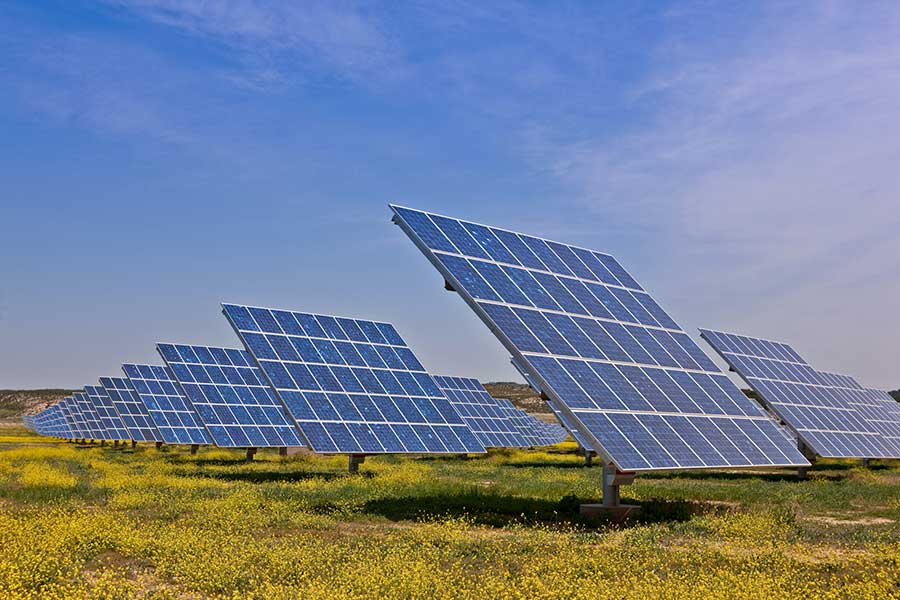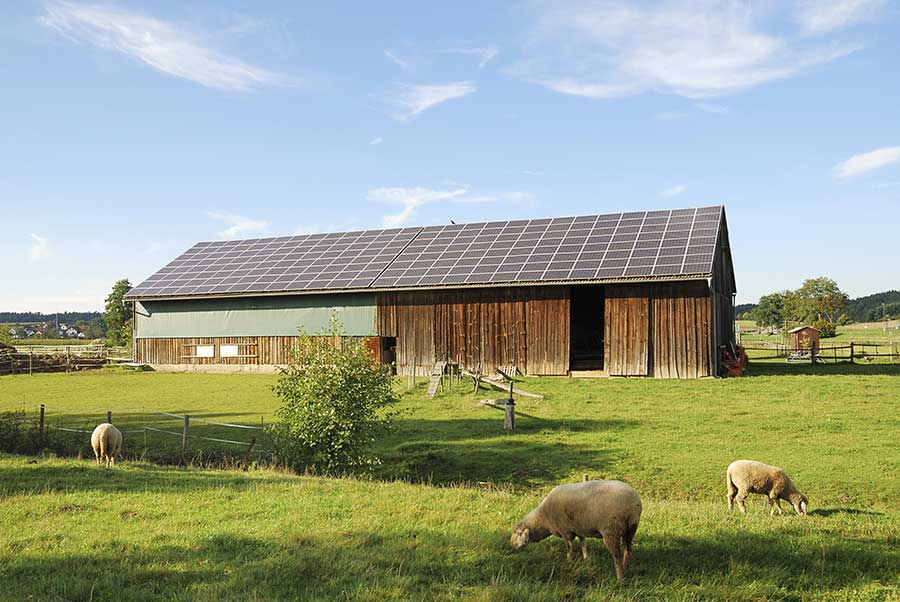- Sectors
- Aerospace & Defense
- Big science
- Biotechnology
- Fintech
- Work at ARQUIMEA
- Insights

At ARQUIMEA Agrotech we are developing a microbial fuel cell that will enable the simultaneous production of hydrogen and electricity from agricultural waste in the future.
Despite the efforts of those in charge of livestock exports, the management of the waste generated continues to pose a challenge due to its high environmental impact.
At ARQUIMEA Agrotech we are committed to microbial fuel cells (MFC) as the technological basis for the development of a new generation of solar panels, which could contribute to solving two of the most critical problems facing society today: the energy crisis and the availability of clean water.

The development of a photo-microbial solar panel based on microbial fuel cell technologies will yield clean energy, producing electricity and hydrogen from solar energy and atmospheric CO2.
ARQUIMEA’s deployment mechanism is based on spring-motorized hinges designed to perform the rotation opening of a solar panel or any other deployable structure from the platform. The hinges carry out a soft movement of the solar panel, guaranteeing the motorization safety margins and avoiding return effects. Once opened, the device holds the panel fixed in 90o position. Each hinge contains a mechanical switch controlling the proper deployment of the structure.
The HDRM and deployment mechanism can be used together or separate and typical applications include solar arrays, antennas, booms and masts, reflectors, cover doors, scientific instruments, shutter mechanisms, large structures, launch locks for gimbals, thrusters, stage separation, caging mechanisms, etc.